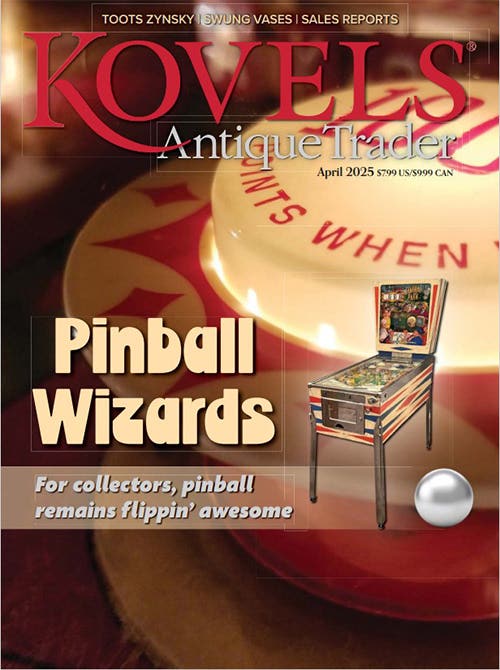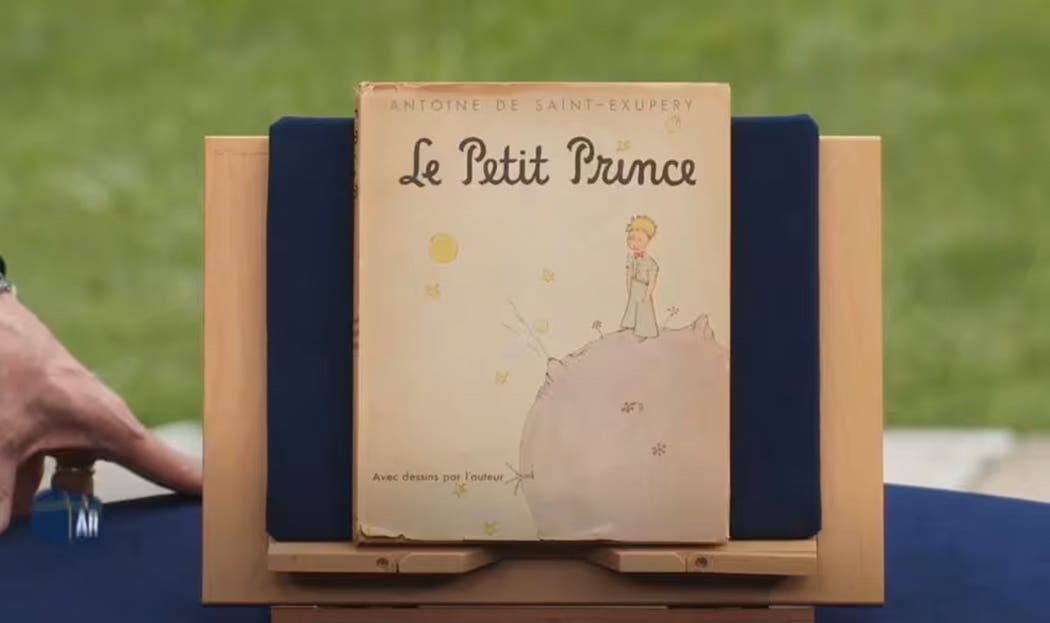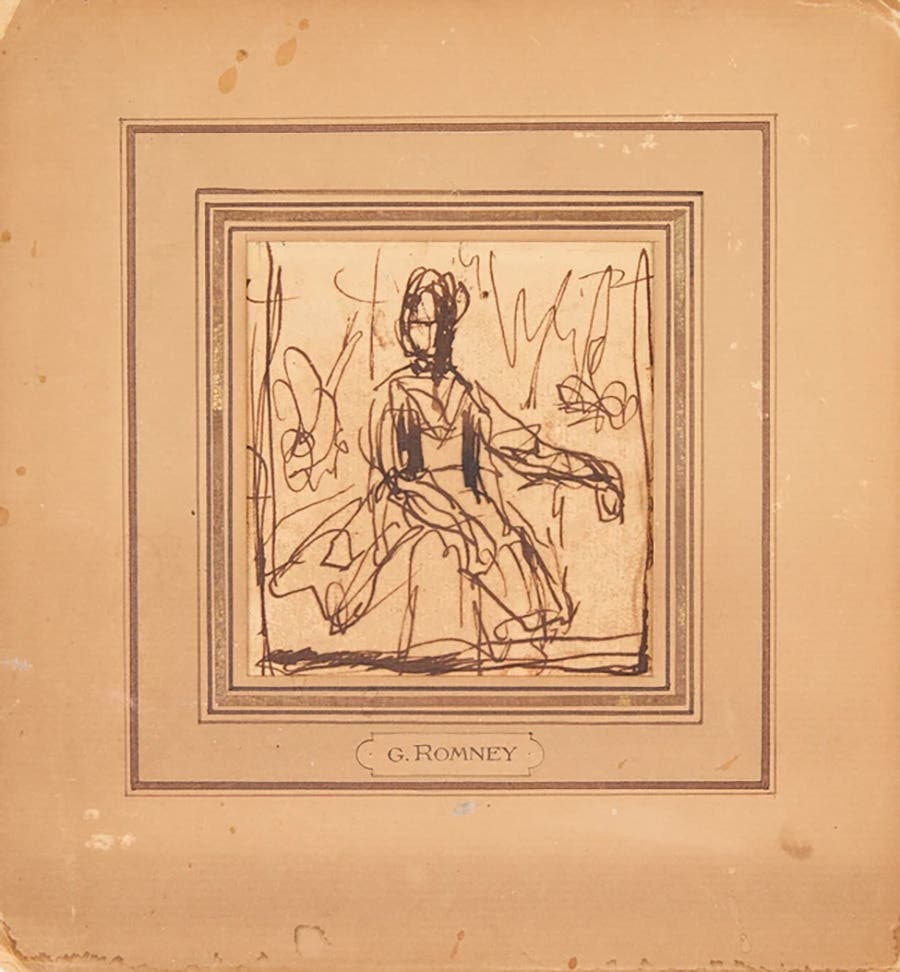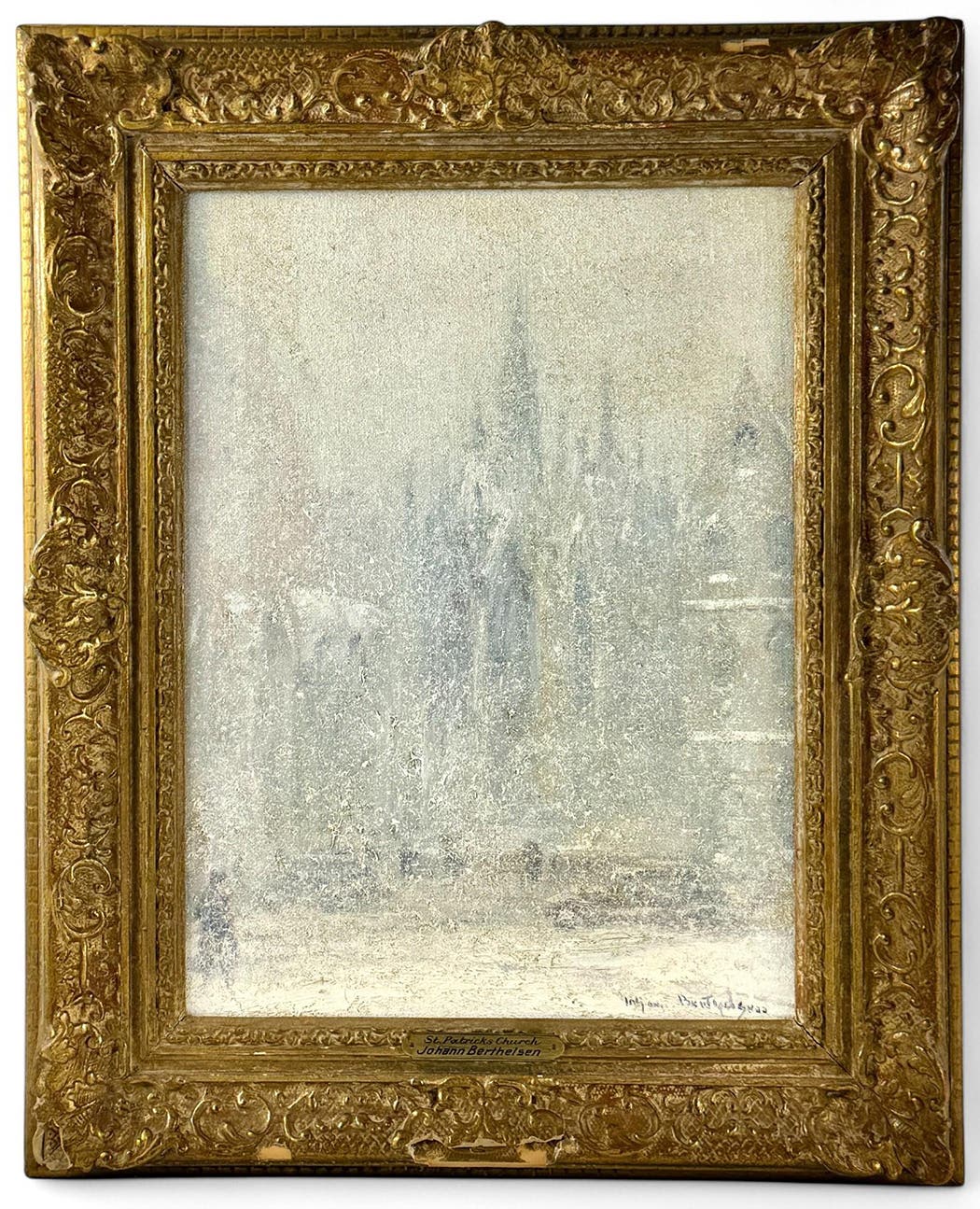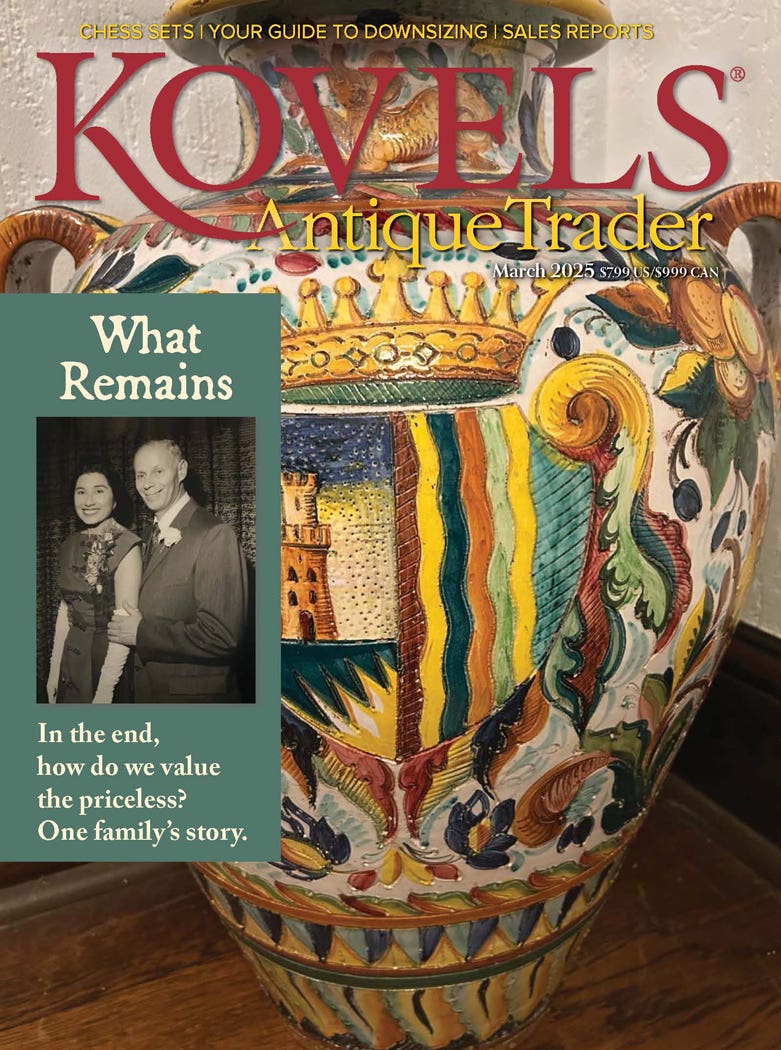Living History Museum Honors the Critical Role of Nurses
The museum at the University of Maryland School of Nursing is one of the only ones dedicated to the profession’s rich history and heritage.
Although COVID-19 has brought the tremendous work of nurses to the spotlight, they have labored and given their hearts to heal patients throughout history.
Honoring the critical role nurses have in the world and sharing the rich history and heritage of the profession is the Living History Museum at the University of Maryland School of Nursing. It is one of the only museums dedicated to nursing, which is the nation’s second-largest profession and the largest profession for women.
Established in 1999, the museum features hundreds of historic objects and photographs, as well as audio histories and video presentations, and traces the evolution of nursing education, research, and practice at the University of Maryland, from its early years as a hospital training school to its emergence as a premier professional nursing school.
Early History
The University of Maryland School of Nursing was founded in 1889 by Louisa Parsons. Parsons had worked with Florence Nightingale, who founded the first nursing school in the world in 1860. Parsons, a decorated military nurse, was handpicked by Nightingale to accompany British soldiers on two campaigns into Egypt and the Sudan between 1883 and 1885. For her service, she was awarded British nursing’s ultimate accolade, the Royal Red Cross.
Three women entered the Maryland nursing school on December 14, 1889, under the direction of Parsons, and eventually, the first class, the Class of 1892, had nine students. As the nursing profession grew, the nation’s 107 training schools increased fivefold from 1889 to 1900.
Students would work on the hospital wards in 12-hour shifts, from 7 a.m. to 7 p.m., with a half day off per week. They rigorously attended classes from October to May. The Maryland training school’s superintendent of nurses taught theory, anatomy, and pharmacology, while the assistant superintendent taught nursing arts and skills that were demonstrated on ward patients. Evenings were a time for more class, studying and homework.
“The majority of nurses were in private duty, rather than in hospitals or clinics,” said Kirsten Hammerstrom, curator of the Living History Museum. She added that in the late 1880, “hospitals were largely devoted to surgical cases, so non-surgical illnesses were treated at home. Early in the 19th century, hospitals were often associated with care of the indigent as well as the ailing.” The doctors and nurses were available 24/7.
Another reason why graduates still did private nursing in the early days was because the hospitals and public health agencies offered few salaried positions. Although these nurses enjoyed a certain amount of independence and on-the-job autonomy, there was a lack of financial security in the job and also isolation from other nurses and the public.
When World War I began in 1914, it changed the profession and there was demand for rapid mobilization of troops, nurses, doctors, and materials. According to information at the museum’s website, more than 20,000 trained nurses joined the military, the majority as members of the Army Nurse Corps. Forty-five School of Nursing graduates served during World War I, 31 in foreign service and 14 at home. They typically were recent graduates between 25 and 35 years old and single women, which was a military requirement of nurses serving. Two of the graduates died during their service, both from illness.
Military nurses had a profound impact on the School of Nursing colleagues across the nation because it bolstered the authority of all nurses. “For nurses of the 1940s in particular, the novel experience of being in charge of male corpsmen and enlisted men was not soon forgotten,” according to the museum.
In April 1918, School of Nursing graduates were mobilized through the American Red Cross to form the U.S. Army Base Hospital No. 42. The Casualty Clearing Stations were set up in tents near the front to treat the injured, and fixed hospitals used any available buildings, such as a chateaux in France.
Hammerstrom said that the nurses liked to bring home from the war decorative trench art vases made of discarded shell casings. It was a French souvenir for them and a collector’s item. The museum showcases one. Also in the museum’s glass cases are some medals the nurses received for serving in the war, such as the Royal Cross of France or England.
In the 1920s, educational reform caused nursing skills to become more scientific. Hospitals began hiring more staff then and into the ’30s because of growing clientele.
“Through the 1930s, hospital administrators across the nation relied on training school students, considered less expensive and more amenable to discipline than graduate nurses,” according to the museum, and hospitals became the primary work settings for them into the ’40s. “By 1950, with health insurance and complicated medical procedures filling hospital beds, one of every two active nurses in the United States was working in a hospital.”
During World War II, the fixed hospitals could also be a collection of tents or Nissan huts with floors. The mobile field hospitals and evacuation ones stayed about 30 miles behind the front, and the medical staff used tents, schools, barracks, hotels and other buildings to treat the injured and send them back to fight.
Nurses would write home through the tape machine and the museum chronicles many of their stories, including the one of Betty Margaret Troup. Troup, who was born on September 4, 1927, served in the armed forces at John Gaston Hospital in Memphis from September 1945 to 1948. The hospital, which opened in 1936, was demolished in 1990 for the expansion of the Regional One Health Medical Center “Med.”
Although Troup was a student nurse during the war, she did treat the injured later. She was a feisty, upbeat nurse who took no excuses for the men staying asleep in the morning. She enjoyed caring for her patients in the dorm but would not tolerate swearing. She would make them put money in a jar if they used filthy language. If she later deemed their behavior was good, she would have a party for them. She said she would also take the orthopedic patients out in her open-top convertible for rides, feet up.
Although they took their work seriously, school nurses also had lighter moments, such as playing tricks on med students. Troup said that one prank involved a patient who had a glass eye. The nurses would tell a med student to go check on the eye because something was wrong inside of it. The med student would keep looking, but could never find anything wrong with it. The patient would go along as far as they could with the joke before finally showing the glass eye, and everyone would have a good laugh.
Changes in the nursing profession continued in the 1950s. Before then, the School of Nursing students were exclusively white, female, and single, but on April 14, 1950, the Maryland Court of Appeals forced the school to admit its first African-American student, Esther E. McCready. Then in 1959, the school opened its door to the first male student, Hector Cardellino, a 27-year-old Pennsylvanian.
By 1961, the first shock trauma unit in the country opened, and in the 1980s, as the size of the aging population grew, the medical staff began focusing on the gerontological field. In the 1990s, lab coats were introduced in the offices to command even more respect to the patients. Reform in teaching methods also arose.
Other changes occurred, too. Graduates served in their communities as advanced practical nurses, educators, researchers, academic deans, health policy specialists, and nurse entrepreneurs. They worked in health departments, schools, worksites, visiting nurses associations, doctors’ offices, non-profit clinics for profit, and home-care companies.
Historic Objects
In addition to the history, the museum also preserves the uniforms and vital medical equipment used by nurses throughout the years.
Nurses did not always start with the best of equipment, techniques, and knowledge of germs and bacteria, but as the decades went by, new technology brought better treatment.
An early 20th century private nurse’s bag, which the museum showcases, included a needle sharpener and case, a syringe, a douche, an eye cup, a measuring cup, needles, and a pap bowl. The pap bowl, shaped like an Aladdin’s lamp or a teacup, was for soft gruel. “Some of them are considered collector’s items,” Hammerstrom noted.
Most importantly, nurses would need a clinical thermometer, a medicine and minim glass or dosage glass, a hypodermic syringe and a Davidson or fountain syringe, which is an enema bag, a pair of surgical and bandage scissors, a good supply of record sheets, temperature charts, and a notebook for orders. Some of these items are preserved at the museum.
In those days, nurses spent a lot of time sterilizing the equipment in autoclaves or by boiling the pieces, for the needles and catheters were not plastic and disposable, but made of glass. To do it, they used a tiny brush and the medical staff applied proper washing and antiseptic techniques.
The nurses also had to sharpen the needles, which Hammerstrom said they did even up into the 1960s.
“The main reason for the switching to single-use needles was that sharpening available needles took too long,” said Hammerstrom. “It allowed nurses to move away from the tedious physical tasks to patient care and an increased sense of the need for guaranteed sterile equipment in all settings.”
Cloths were laundered for the operating tables, and nurses inspected, washed, and patched gloves. Hammerstrom also noted that IVs in the past were made of glass and refillable, but today they are made of vinyl and thrown away after use.
Another integral part of the nursing profession is of course the uniform, and nurses kept theirs in the utmost condition.
“Early nurse leaders recognized the ability of a uniform to combat the image of the slovenly nurse made famous by Charles Dickens’ character, Sairey Gamp,” according to the museum. Gamp is a nurse in Dickens’ novel, Martin Chuzzlewit, first published as a serial in 1843–1844. Mrs. Gamp is dissolute, sloppy and generally drunk.
“Nurses’ immaculately clean, starched white aprons, cuffs and caps projected an air of professionalism and competence, reassuring patients that they were in the best of hands,” Hammerstrom said.
An essential part of the uniform was the cap. According to healthworkscollective.com, “As one speaker of a 1938 graduation powerfully expressed, ‘The nurse’s cap means to you what the soldier’s uniform means to him. When this cap is pinned on your head, it means you have become a member of one of the noblest professions and have subscribed to its ideals of service.’”
Caps from different nursing programs and hospitals varied and included ones that were ruffled, frilled, box-like, fluted, winged Dutch-style, pleated and knotted like kerchiefs caps.
A University of Maryland School of Nursing graduate would wear a cap called “the Flossie,” in honor of Florence Nightingale. The Flossie is a cap fluted with a type of lace. Because they are so delicate, they were difficult to care for and needed qualified launderers, who knew how to starch and crimp them. The use of flossies ended in 1979.
Dolls with uniforms of various schools of nursing were also made and have become a collector’s item. Hammerstrom said that the museum has dolls from the 1940s and ’50s with the uniform of a graduate of the University of Maryland School of Nursing.
If you would like to learn more about the University of Maryland School of Nursing and the museum, contact Hammerstrom at khammerstrom@umaryland.edu or 410-706-2327. You can also visit the website at www.nursing.umaryland.edu.



